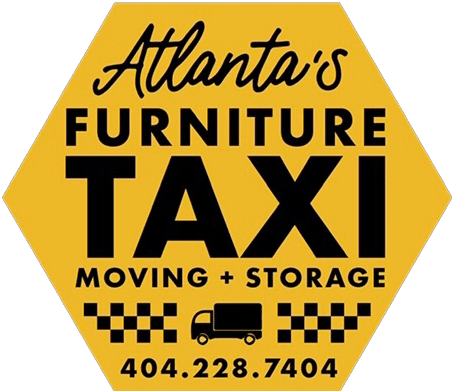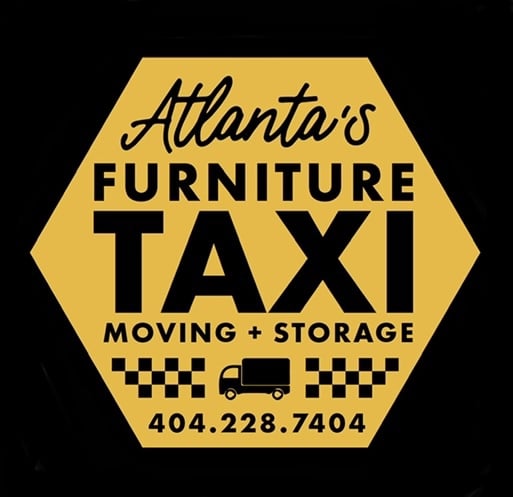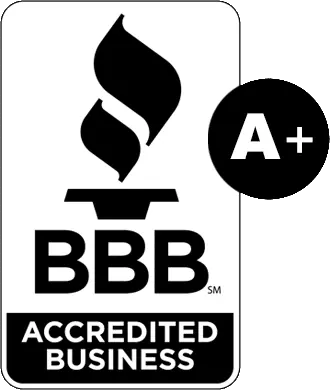
Relocation is more than just a physical move; it’s a transformative journey that requires meticulous planning, foresight, and organization. Whether you’re moving a few blocks away or across continents, understanding the nuances of the relocation timeline is paramount. This guide offers a deep dive into the intricacies of planning a seamless furniture relocation, ensuring every step is executed with precision and care.
The Importance of Early Planning
The foundation of a successful relocation lies in its planning phase. Starting early is not merely a suggestion—it’s the cornerstone of a stress-free move:
- Anticipating Challenges: Early planning allows you to foresee potential hurdles, from logistical issues to unexpected personal commitments. This foresight ensures you’re not caught off guard.
- Budgeting: Relocations can be expensive. Early planning gives you ample time to get quotes from various movers, compare prices, and allocate funds accordingly. It also allows you to set aside funds for unforeseen expenses.
- Prioritizing: Not everything needs to be moved. Starting early gives you the luxury of time to decide what to take, what to sell, and what to donate. This decluttering can be both therapeutic and economical.
Understanding the Relocation Timeline
Every move, regardless of its scale, can be broken down into a structured timeline:
- Pre-Move (8-12 weeks before the move): This is the research and organization phase. It involves tasks like researching moving companies, getting quotes, creating an inventory of items, and setting a moving budget. It’s also the time to start decluttering, holding garage sales, or donating items you no longer need.
- Mid-Phase (4-8 weeks before the move): This phase is about getting into the details. Order packing supplies, start packing non-essential items, notify important parties about your move (banks, utilities, subscriptions), and finalize your moving date.
- Final Weeks (1-4 weeks before the move): The intensity picks up. Pack most of your belongings, leaving out only essentials. Confirm all arrangements with your moving company. If you’re moving to a different city or country, ensure all paperwork, like leases or property documents, are in order.
- Moving Day: With everything packed and ready, oversee the movers, ensuring items are handled with care. Have a checklist to ensure nothing is overlooked. Once at the new location, do a preliminary check of all items before the movers leave.
- Post-Move (1-4 weeks after the move): Unpack systematically, starting with essentials. Gradually set up your new home, report any damages or missing items to the moving company, and update your address where necessary.
Packing Phases
Packing, if done haphazardly, can be a nightmare. However, a systematic approach can make it efficient:
- Categorization: Group items based on their type (glassware, books, electronics) and the room they belong to. This makes unpacking organized.
- Quality Packing Materials: Invest in quality packing materials. Bubble wrap, sturdy boxes, and packing peanuts can prevent potential damage.
- Labeling: Every box should be clearly labeled with its contents and its destination room. Consider using color codes for added efficiency.
- Essentials Box: This box should contain everything you’d need for the first 24 hours in your new home. From toiletries and a change of clothes to essential cookware and important documents, this box should be easily accessible.
Moving Day Timeline
The day of the move is a culmination of weeks, if not months, of planning. It’s crucial to have a clear timeline to ensure everything goes smoothly:
- Morning Check: Start your day by going through your checklist. Label all boxes, pack fragile items securely, and keep essentials within easy reach.
- Mover’s Arrival: When movers show up, take them on a quick tour and share any specific directions. While our experts follow their own procedures, they appreciate hearing your preferences.
- Inventory Check: Check your inventory list before loading the truck. As you load items, mark them off to ensure you don’t leave anything behind.
- Final Walkthrough: After filling the truck, walk through your home one last time. Inspect closets, cabinets, and rooms to make sure you haven’t missed anything. Remember, making extra trips or returning for forgotten items can increase costs.
- At the New Location: Cross-reference your inventory as you unload items. Guide movers on where to put boxes based on your labels.
- End of Day: After unloading everything, inspect for potential damages. Report any issues right away. Confirm the truck is empty before you sign the delivery paperwork; it’s challenging to address missing items later.
Unpacking Schedule
While it’s tempting to unpack everything immediately, a structured approach can make the process more efficient:
- Day 1: Focus on essentials. Set up the kitchen, bathrooms, and bedrooms to ensure basic functionality. This includes setting up beds, stocking bathrooms, and organizing the kitchen for basic meals.
- Week 1: Tackle the living room, dining area, and any additional rooms. Unpack books, electronics, and decorative items. Begin to personalize your space.
- Week 2: Dive into storage areas like garages, basements, or attics. Organize items based on frequency of use.
- Week 3 and Beyond: By now, most of your home should be set up. Focus on decoration, hanging art, and any final touches to make the space truly yours.
Settling in Details
Moving is more than just a physical transition; it’s an emotional journey:
- Introducing Yourself: Take the time to meet your neighbors. Building relationships can make your new place feel more like home.
- Exploring the Area: Familiarize yourself with local amenities. Find grocery stores, parks, schools, and other essential places.
- Updating Details: Ensure you update your address for mail, subscriptions, and other services. Inform banks, insurance companies, and other institutions about your move.
- Personal Touch: Personalize your space. Whether it’s painting walls, adding plants, or displaying family photos, these touches make a house a home.
Hiring Professional Movers vs. DIY
The decision between hiring professional movers or taking the DIY route is pivotal:
Professional Movers:
- Pros: Expertise in packing and handling items, insurance coverage, less physical and mental strain, and efficient use of time.
- Cons: Can be more expensive, potential for scheduling conflicts, and the need to vet the moving company for reliability.
DIY:
- Pros: Cost-saving, complete control over the process, and flexibility in scheduling.
- Cons: Time-consuming, physical strain, potential for damage, and the challenge of sourcing packing materials and transportation.
Budgeting for Your Move
Relocations can be financially taxing, but with proper budgeting, you can mitigate unexpected costs:
- Estimating Costs: Seek quotes from multiple moving companies, factor in packing material costs, transportation fees, and potential accommodation or meal expenses if it’s a long-distance move.
- Setting a Budget: Once you have a ballpark figure, set a budget with a contingency for unforeseen expenses.
- Saving Tips: Consider decluttering and selling items you no longer need, move during off-peak seasons for better rates, and source packing materials from local stores or online marketplaces.
Preparing Children and Pets for Relocation
Relocation can be especially challenging for children and pets:
- Children: Discuss the move with them, involve them in the packing process, and ensure they have familiar items readily accessible in the new home.
- Pets: Schedule a vet visit before the move, keep them in a quiet space during the moving chaos, and set up a familiar space for them in the new home immediately upon arrival.
Essential Documents to Keep Handy
During the chaos of a move, it’s crucial to have essential documents organized:
- Personal: Birth certificates, passports, driver’s licenses, and social security cards.
- Financial: Bank records, tax returns, and any loan documents.
- Property: Lease or property deeds, utility bills, and moving company contracts.
Safety Tips During Relocation
Safety should be paramount during the relocation process:
- Packing: Use sturdy boxes, avoid overpacking, and ensure sharp or fragile items are packed securely.
- Transportation: Ensure the moving truck is in good condition, avoid overloading, and drive cautiously.
- Unpacking: Use gloves, avoid rushing, and ensure pathways are clear to prevent tripping hazards.
Post-Move Checklist
After the move, there are several tasks to ensure you settle in smoothly:
- Utilities: Ensure all utilities are set up and functioning.
- Address Update: Notify relevant institutions, from banks to subscriptions, of your new address.
- Community Engagement: Introduce yourself to neighbors and explore community groups or events.
Conclusion
Relocating can be a monumental task, but with the right planning, organization, and support, it can be a seamless experience. By understanding the relocation timeline, prioritizing tasks, and seeking professional assistance, you can ensure a smooth transition to your new home.
Ready to experience a seamless relocation journey? Dive into the expertise and unparalleled services offered by Atlanta Furniture Taxi. Don’t leave your precious belongings to chance; trust the professionals who prioritize your needs every step of the way. Explore our comprehensive moving solutions and take the first step towards a stress-free move. Your perfect move is just a click away!”
Frequently Asked Questions
Early planning allows for anticipation of challenges, efficient budgeting, and prioritization of items to move. It lays the foundation for a smooth and stress-free relocation process.
Consider factors such as the scale of the move, your budget, the physical demands, and the level of control you desire. While professional movers offer expertise and efficiency, a DIY move provides more flexibility and potential cost savings.
Engage children in discussions about the move, involve them in packing, and ensure they have familiar items in the new home. For pets, schedule a vet visit, provide a quiet space during the move, and set up a familiar area for them immediately upon arrival.
Ensure sturdy packing, avoid overloading transportation vehicles, drive cautiously, and maintain clear pathways during unpacking to prevent tripping hazards.







